Determining the best foods for kidney disease patients is a topic that should be discussed in depth with each patient’s doctor and dietitian. Sometimes it’s just as important to know what NOT to eat — as you’ll see in the tips below regarding phosphorus, potassium, protein, and sodium. There are most likely some guidelines that are situation specific. For instance, one patient may have to limit potassium intake, while another may need to limit phosphorus or both phosphorus and potassium. The following information is to help you understand some general guidelines that will benefit most people trying to follow a kidney-friendly diet.
What Can I Eat?
What are some of the best foods for you?
Phosphorus
It’s difficult to know which foods have phosphorus and which don’t. You won’t often find labels that show the phosphorus content of the food you’d like to eat. So it is up to you to educate yourself and learn which foods are likely to have phosphorus. As a rule, it’s a good idea to stay away from sodas or any dark colas and any foods containing a high amount of dairy products.
High-Phosphorus Foods to Stay Away From
- Any sodas or dark colas, all canned & bottled drinks with phosphate additives, hot chocolate
- Dairy: Milk or cheese
- Nut butters: almond, peanut, etc.
- Meats, fish and poultry especially if excessively processed or cured
- French fries, potato chips, baked or mashed potatoes
- Chocolate candy bar
- Flavored waters, iced tea, non-dairy creamers, Hawaiian Punch®, and Sunny Delight®, as well as other bottled items often hide phosphate additives.
Low-Phosphorus Foods to Use as Substitutes
- Homemade iced tea, lemon and lime sodas, apple cider, root beer (only some brands omit phosphorus)
- Rice milk (unenriched), non-dairy creamer
- White carbs like pasta, white rice, couscous, white bread
- Butter or jams and jellies
- Fresh fish or poultry; or limited amounts of fresh or frozen meats prepared with marinades instead of salt
- Soaked or boiled potatoes to reduce potassium
- Lollipop without chocolate center
Taking phosphate binders with meals and snacks can help lessen the detrimental effects of phosphorus in your diet. Make sure you discuss this with your doctor and dietitian.
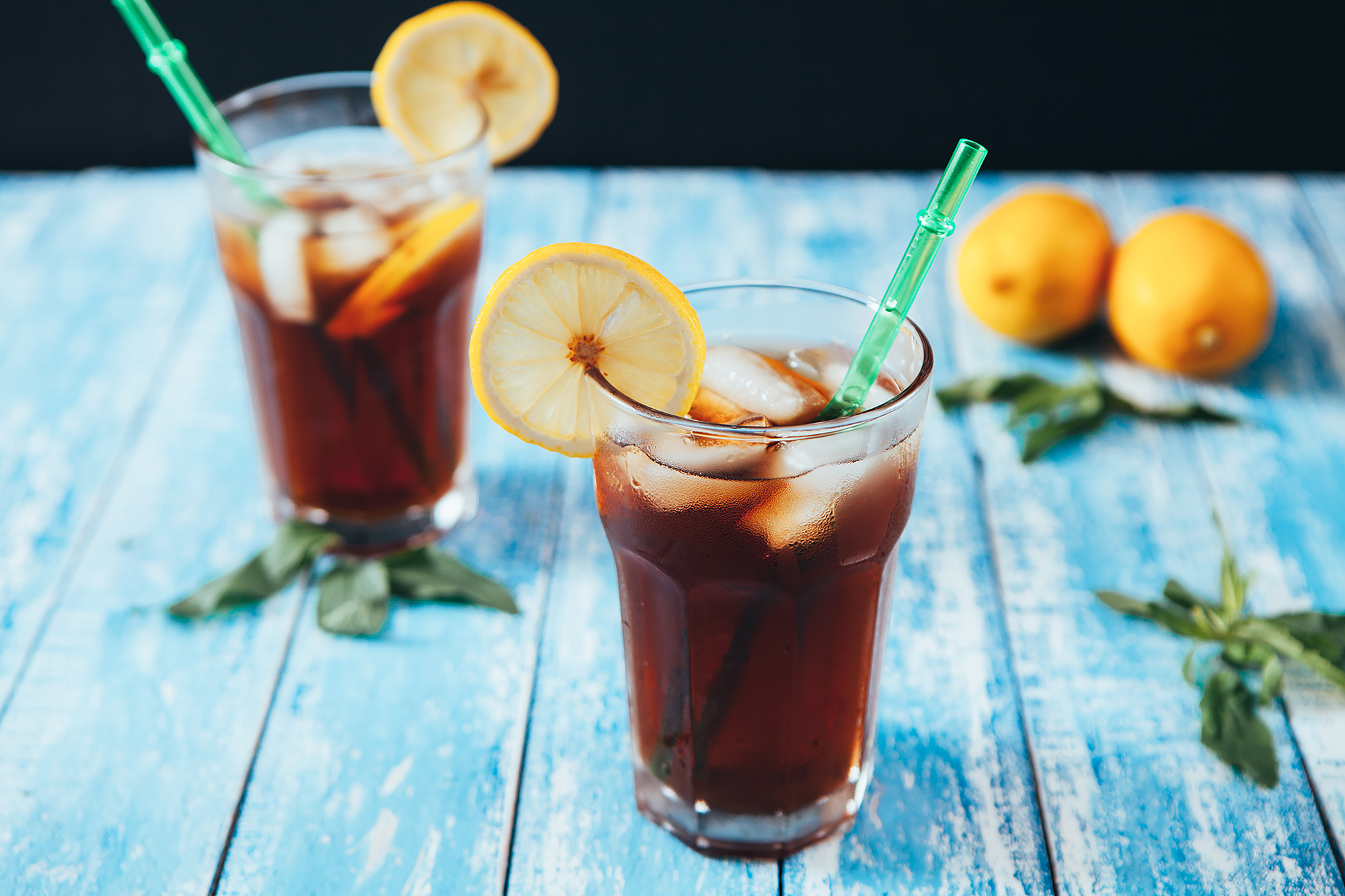
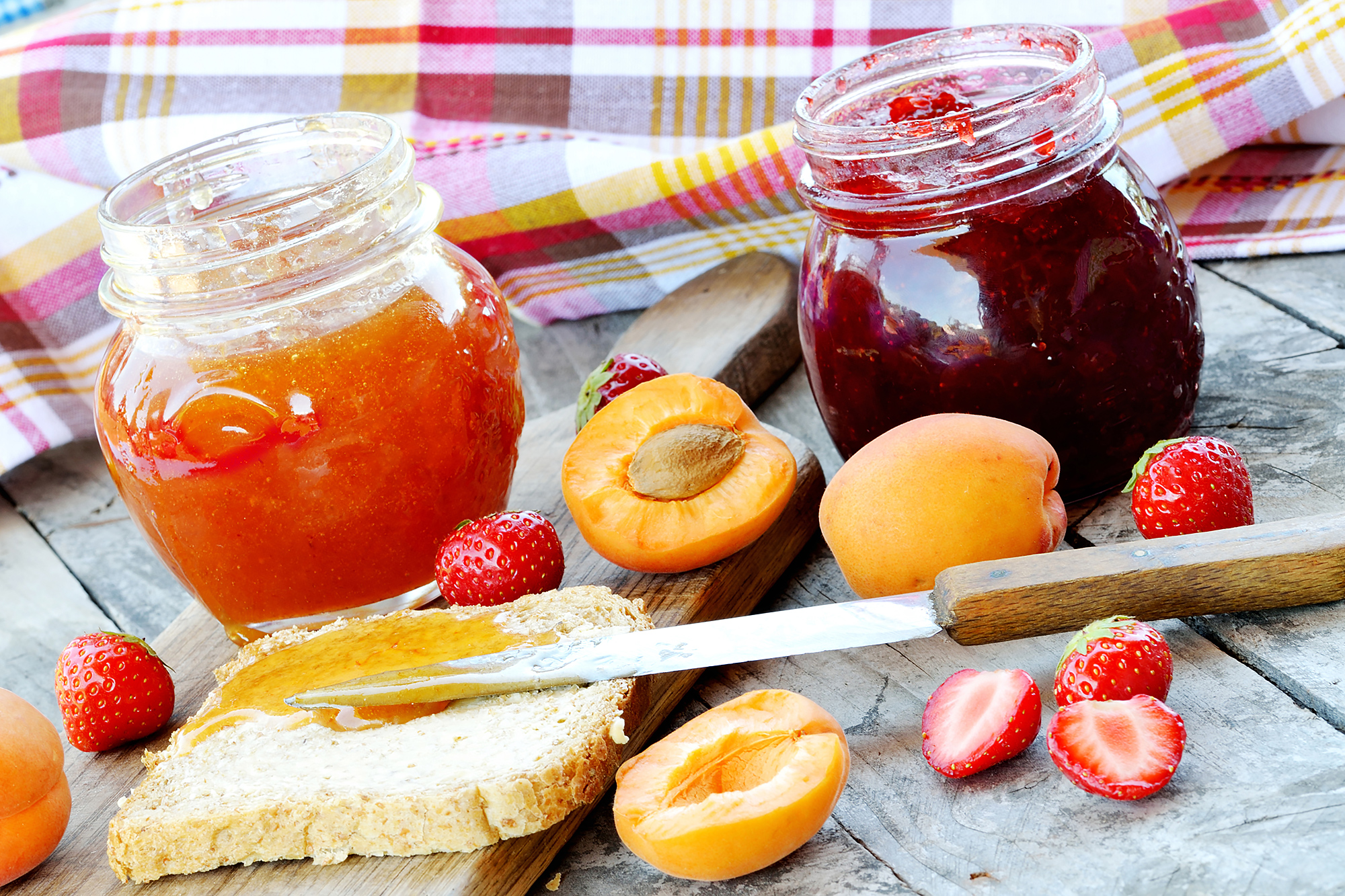
Potassium
If your potassium is too high and you have been advised to eat in a manner that will help lower it, then limit your intake of: dairy products, potatoes, nuts and seeds, beans, peanut and almond butter, dried fruits, avocados, bananas, cantaloupes, kiwi, mangos, oranges. Watch out for foods that have potassium added. Sometimes potassium hides as the ingredient potassium chloride (that is usually used as a salt substitute). Stay away from fruit and vegetable juices. Stay away from consuming large quantities of spinach, tomatoes, squash, pumpkins. IMPORTANT NOTE: Chewing tobacco can cause spikes in potassium.
High-Potassium Foods to Stay Away From
- Bananas, cantaloupe, honeydew, kiwi, oranges, papaya
- Tomatoes, tomato sauce, spaghetti sauce or chili sauce
- Baked potato or french fries
- Chocolate desserts
Low-Potassium Foods to Use as Substitutes
- Apples, berries, grapes, peaches or pineapple
- Onions, bell peppers, mushrooms (small quantities) and garlic
- Vanilla- or lemon-flavored desserts
- Mashed and boiled potatoes or hash browns can be first soaked to reduce potassium but this does not make them low-potassium foods.
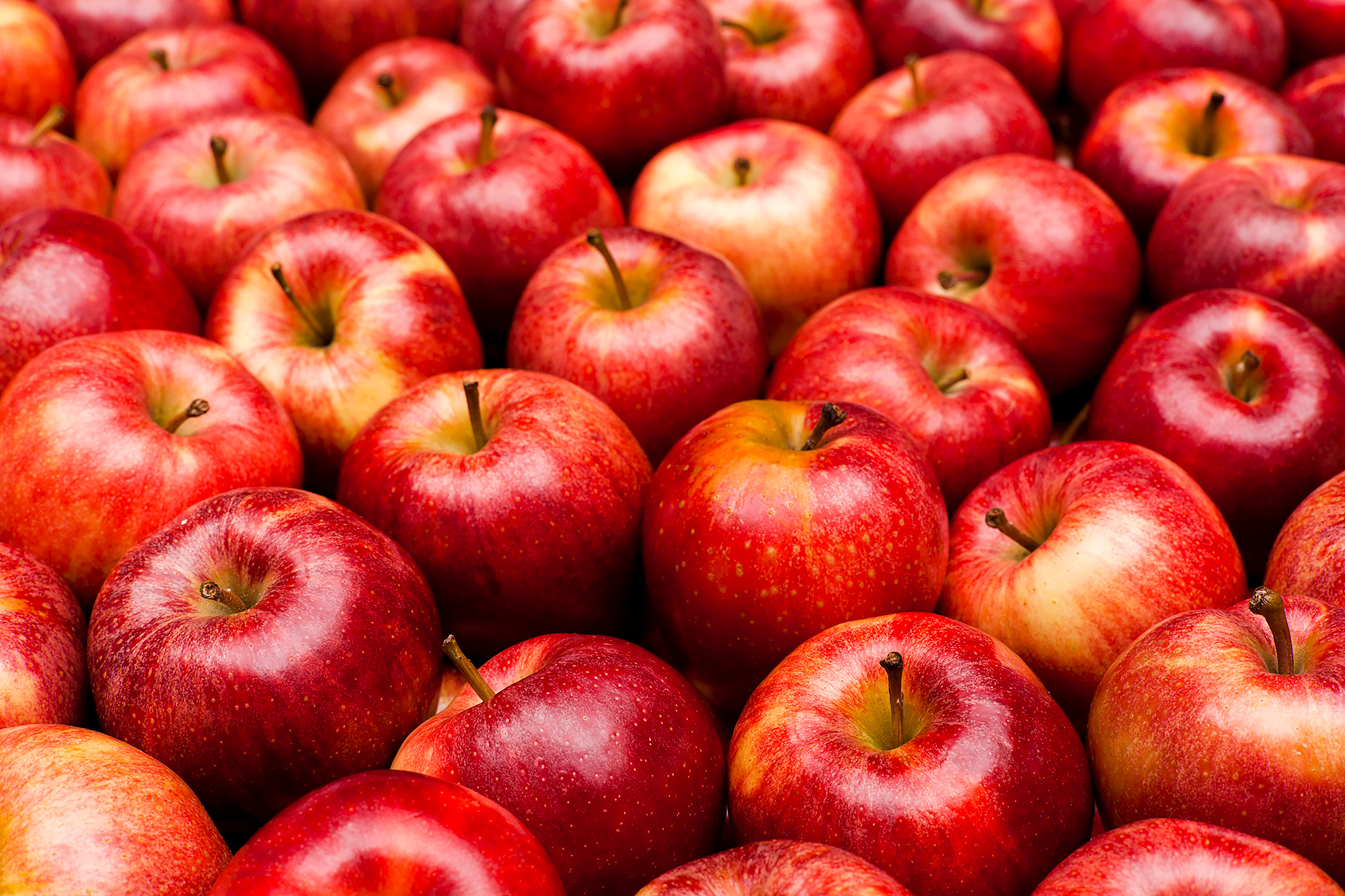
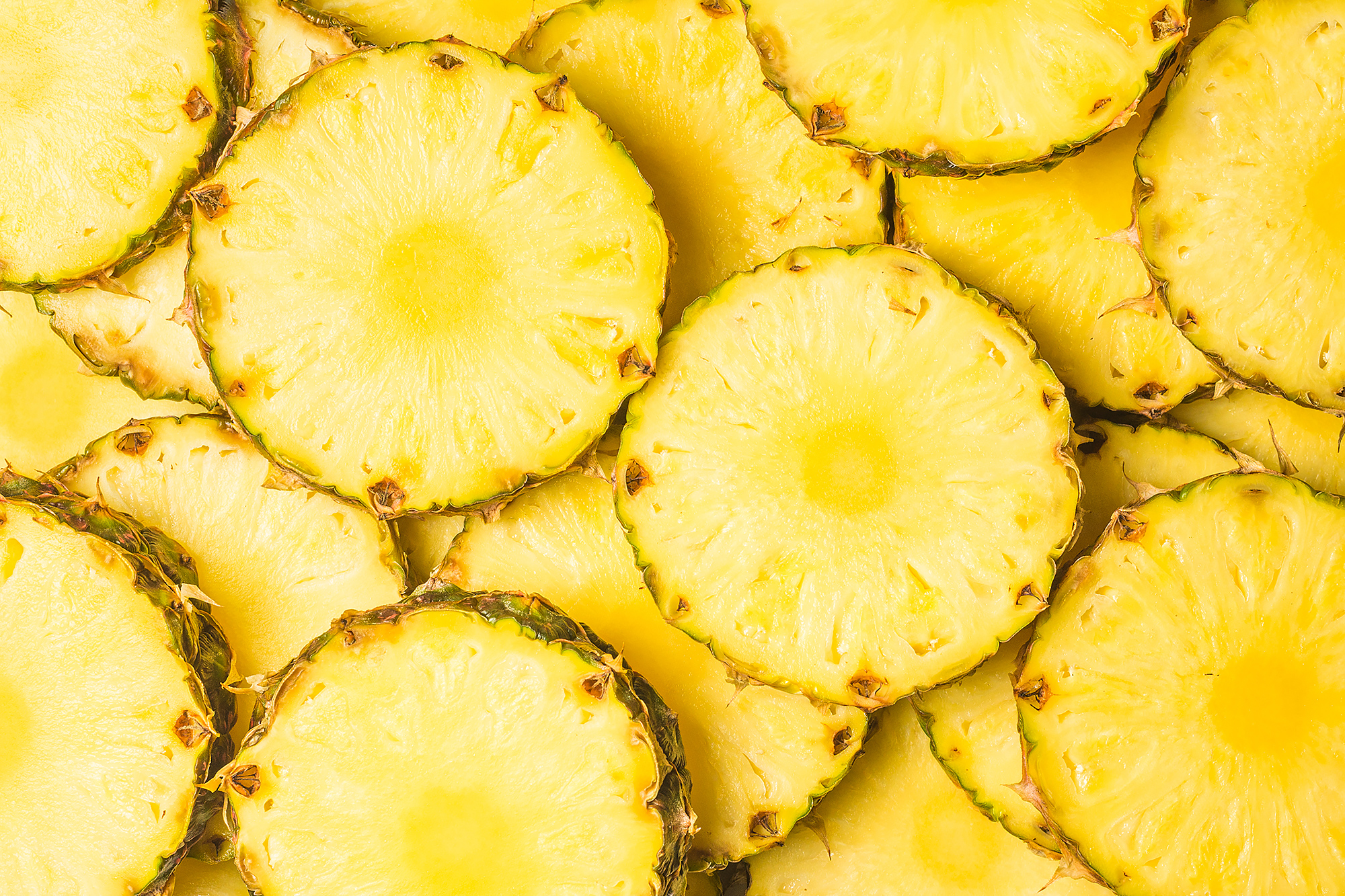
Protein
It’s a good idea to try to replace the animal protein in your diet with more plant-based substitutes such as legumes, nuts, tofu, grains, and seitan. However, if you are going to have animal proteins, a very good source comes from egg whites and fish like salmon, tuna, and trout.
Since we’re talking about animal protein, now is a good time to start understanding the importance of monitoring fat intake in your diet. It’s a good idea to monitor the amount of animal fats in your diet and to begin replacing animal fats with healthy alternatives such as olive oils and trans-fat free spreads.
Take ownership of your health. The best foods for kidney disease patients are the foods you and your medical team have decided are best for you. Educate yourself. Keep a journal of what you eat. Learn nutrient counts of foods. Make sure you don’t overeat. Check in with your medical team to see the results. You’ll be pleased.
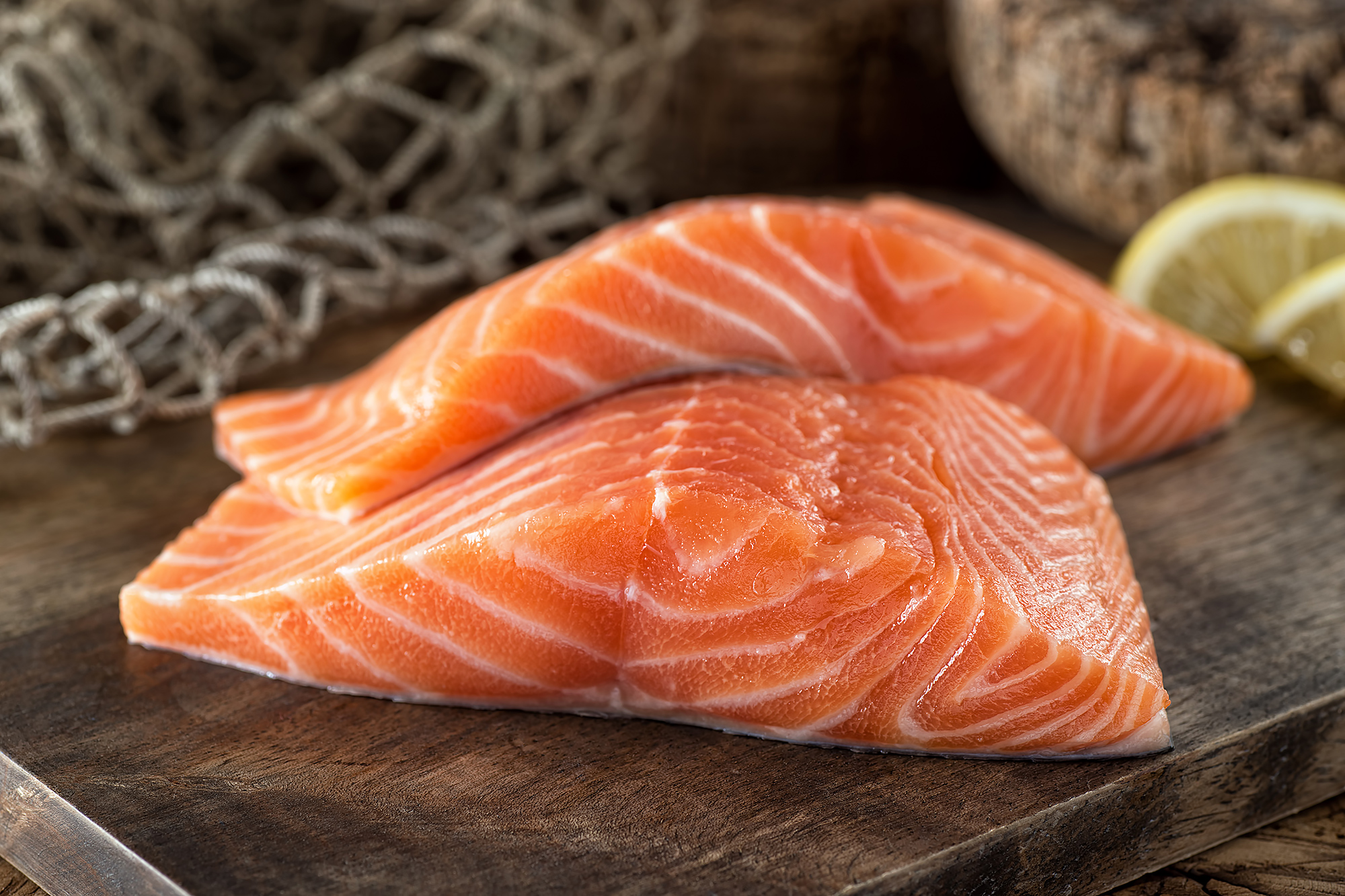
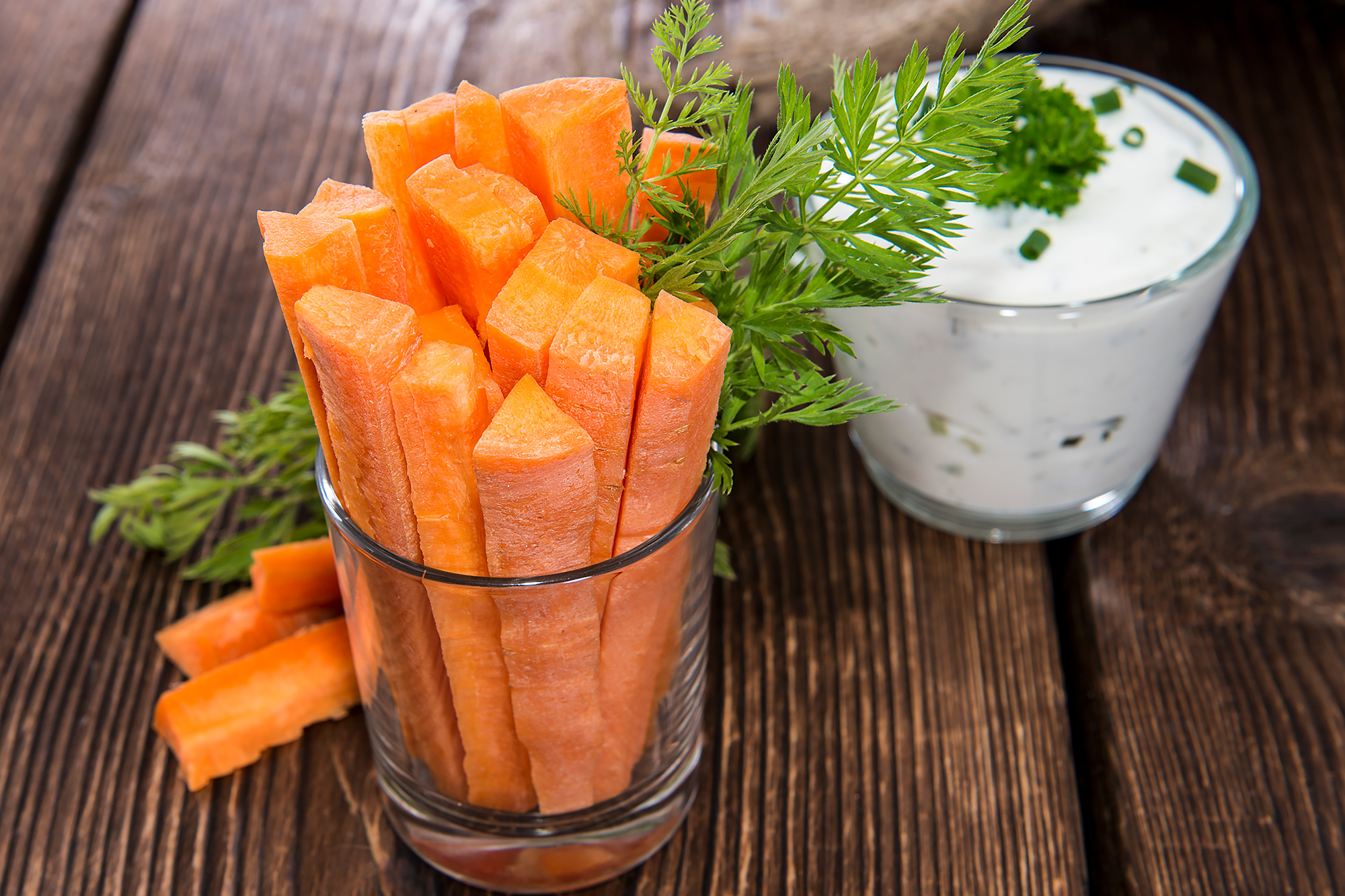
Sodium
Patients with hypertension or kidney disease or many other ailments are often told to steer clear of sodium. That’s easier said than done! When cooking at home you might try adding herbs and spices instead of salt to your meal. Buying a spice grinder or coffee grinder may be one of your best investments. If you can enjoy the food you eat, you’ll feel less restricted. Once you get the hang of mixing herbs and spices and using your grinder, you may want to keep shakers on the table as well as by the stove to supplement your cooking. The flavors will be enhanced and you won’t miss the salt!
Here are some options to help you understand a healthier way to eat.
High-Sodium Foods to Stay Away From
- Potato chips with salt
- Canned or processed vegetables
- Frozen vegetables or prepared veggie meals with cheese, soy sauce, cream, butter or garlic sauce
- Frozen or commercially prepared marinades or dressings
Low-Sodium Foods to Use as Substitutes
- Carrot sticks with lemon and dill
- Fresh vegetables
- Plain frozen vegetables, cooked at home with your own spices and seasonings, not salt
- Homemade salad dressings, marinades, stocks (all without adding salt!)




